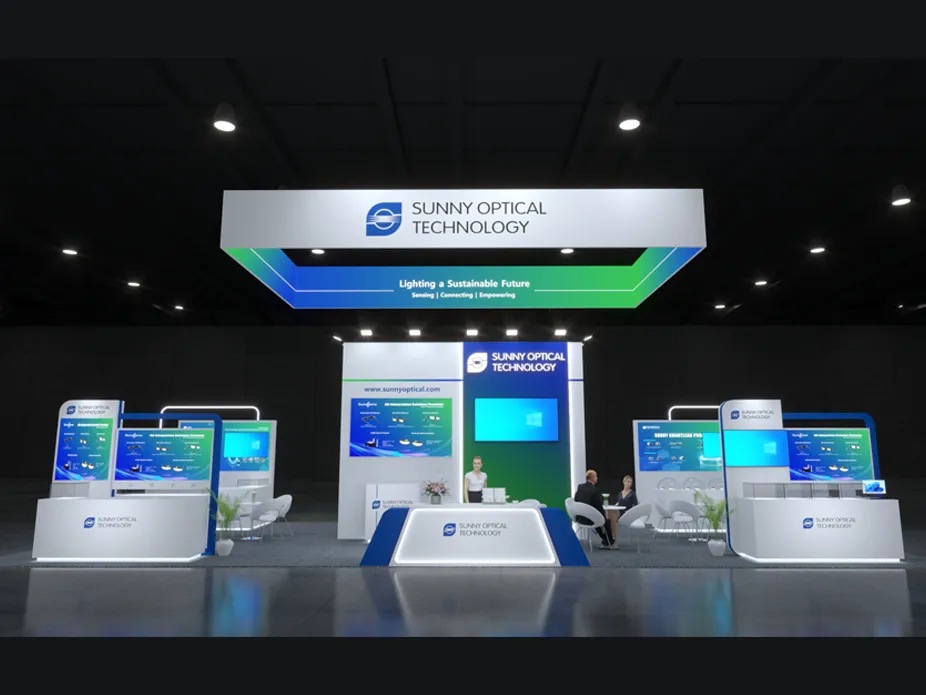Compared with consumer electronic cameras, automotive lenses work under extremely harsh conditions, such as vibration, high temperature, rain and fog, low temperature, and drastic changes in lighting. The purpose of automotive lenses is to ensure driving safety. Stable, reliable, and clear environmental data is required in each working state mentioned above. Therefore, with the advancement of automotive industry technology, the requirements for the related performance of automotive lenses will become increasingly stringent.
In order to control stray light caused by strong frontal light interference such as headlights, and maintain the stability of optical imaging under extreme temperatures or rapidly changing temperature differences, in addition to improving algorithms from software, automotive lens manufacturers are also actively promoting the overall technological progress of automotive lens products by improving coating processes, enhancing technical parameters, and adding conductive heating films outside the lens.
Pixel upgrade: 8 million pixels
For mainstream new energy vehicle companies, lenses with 1.2 million to 2 million pixels are no longer sufficient, and the industry has begun to upgrade to 8 million pixels.
Lens material: glass-plastic mix
Currently, considering cost and performance, mainstream manufacturers of automotive lenses have gradually begun to use glass-plastic mixed lenses, while some high-end lenses adopt a full-glass scheme.
Lens technology: aspheric lens
Aspheric lenses are characterized by miniature size, light weight, and good imaging quality. They have become the best solution for high-pixel automotive lenses.
Self-cleaning with anti-fog and defrosting
Currently, mainstream manufacturers will at least apply a hydrophobic coating on the surface of automotive lenses, and dirt can be effectively removed by spraying water for cleaning.
Defogging and defrosting: There are currently two directions in the industry. One is through coating, with a hydrophobic coating on the outer surface of the lens and a hydrophilic coating on the inner surface; the other uses a heating scheme, either by heating the entire lens or adding a transparent conductive film on the surface of the lens for heating.
High-precision AA assembly
High-precision AA technology is required for automotive lens assembly. AA technology enables the relative position between the lens and the CMOS image sensor to be freely adjusted. It can also collect and analyze imaging data in real time, adjust the horizontal position and tilt angle of the lens, ensure image clarity, and ensure the focus of the optical axis and image plane is in the center of the image.
To ensure driving safety, ADAS functions of automobiles need to operate as much as possible around the clock. The camera senses the surrounding environment through light and algorithms. Therefore, in low light situations, such as nighttime driving or passing through tunnels, the night vision capability of cameras needs to be enhanced. Currently, automotive night vision systems can be divided into three types based on imaging principles and lenses: low-light, near-infrared, and far-infrared.
3D sensing: facial recognition and driver monitoring
Currently, 3D sensing technology is mainly used inside the cabin. For example, driver monitoring systems have become increasingly important in recent years. In addition, driver identity can be determined through facial recognition, adjust the cabin based on personal usage habits, and even achieve anti-theft functions.
Human-machine interaction: gesture control
Human-machine interaction functions in the car are reflected in facial recognition, fatigue detection, gesture recognition, attention monitoring, and driver behavior analysis implemented by a built-in car camera. In the market environment where intelligent driving cabins are gradually emerging, the market demand for automotive lenses with deep interaction capabilities will further increase.

【Exhibition Invitation】Visit us at CES 2026!
2025-12-10

Sunny Optical Gets Group LiDAR Standard Approved, Using Innovative Optical Solutions to Unlock Key Step in Mass Production
2025-11-25
![[Exhibition Invitation] Sunny Automotive Optech Invites You to the 26th China International Optoelectronic Exposition (CIOE 2025) [Exhibition Invitation] Sunny Automotive Optech Invites You to the 26th China International Optoelectronic Exposition (CIOE 2025)](/uploads/image/20250908/首图7.webp)
[Exhibition Invitation] Sunny Automotive Optech Invites You to the 26th China International Optoelectronic Exposition (CIOE 2025)
2025-09-08

Inquiry
Excellent Customer Service Ability
Key customer manager mechanism
Oversea supporting points
Excellent Process Control Ability
Fully automated production
DMC traceability management
VDA6.3 / IATF16949 verifications
Excellent R&D Ability
Advanced technology new product development cooperation
Cost-effective optical solution proposal based on customer needs
Ecosystem resource integration